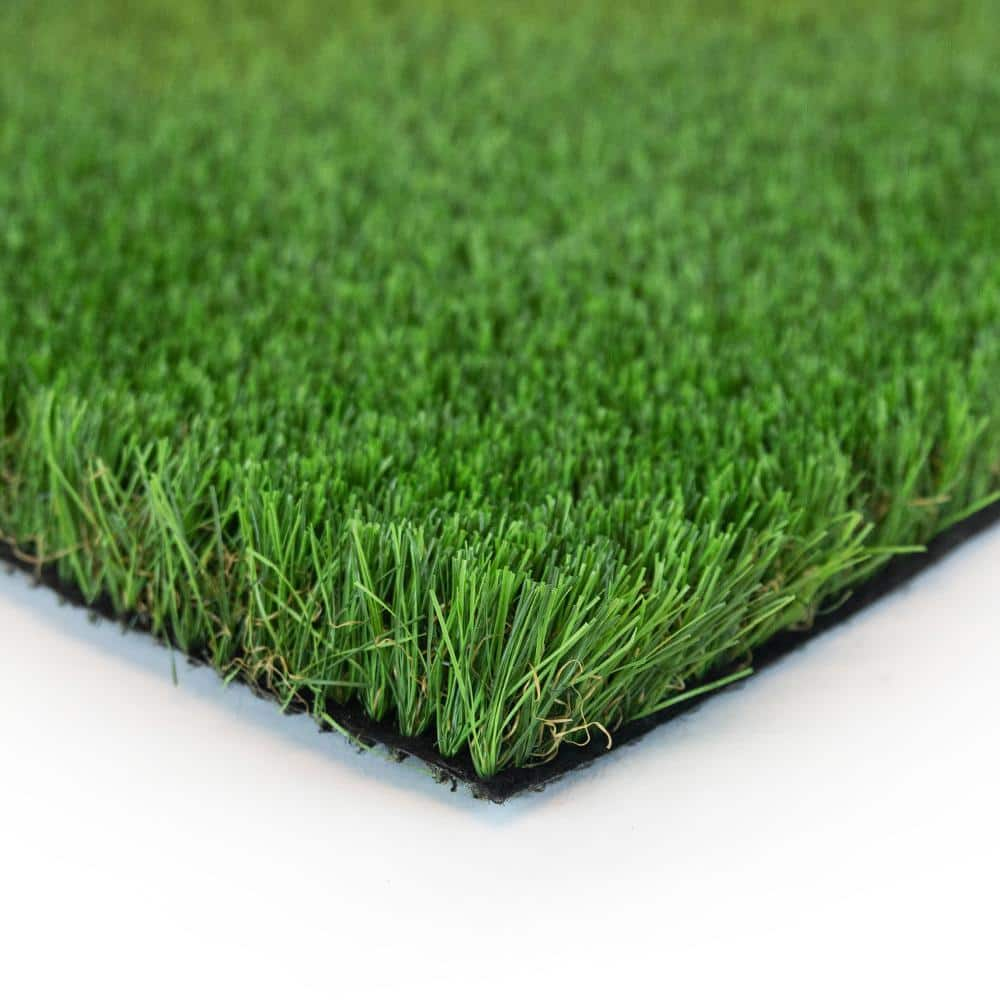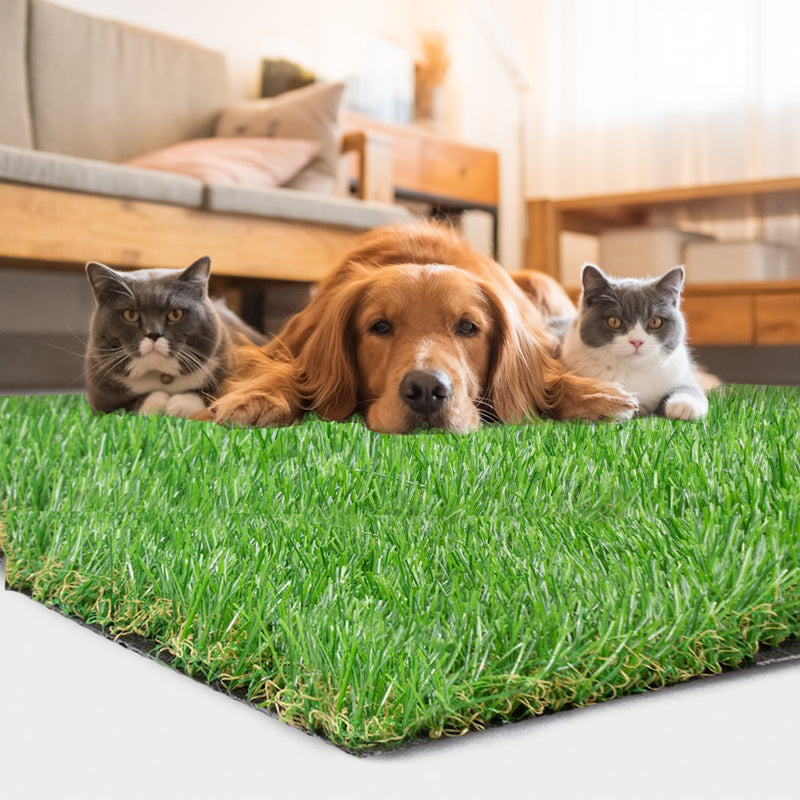Cost-Effective Turf Installation Phoenix AZ for a Hassle-Free Lawn Solution
Cost-Effective Turf Installation Phoenix AZ for a Hassle-Free Lawn Solution
Blog Article
Delve Into the Environmental Perks of Opting for Artificial Lawn Solutions
The fostering of synthetic grass solutions offers an engaging possibility to resolve pushing environmental challenges. By substantially decreasing water usage and minimizing the application of damaging chemicals, these alternatives not only advertise lasting landscaping but additionally shield regional environments. The lower carbon impact connected with decreased upkeep activities adds to a much more sustainable technique to land administration. The ramifications of these advantages extend past mere preservation initiatives, raising inquiries about their long-lasting influence on habitat preservation and total ecological equilibrium. Discovering these dimensions discloses a complex interaction worth thinking about.
Water Conservation Advantages
One of the most considerable advantages of artificial lawn is its capacity to save water. In contrast, synthetic turf does not require watering, substantially minimizing the general demand for water sources.
By removing the need for routine watering, synthetic lawn contributes to lasting landscape techniques and helps reduce the environmental influence of excessive water usage. Additionally, the conservation of water reaches the reduction of runoff, which can cause dirt erosion and waterway pollution.
Additionally, the setup of man-made lawn permits property owners and communities to allocate water sources much more effectively, concentrating on essential uses such as drinking water and agriculture. The change in the direction of artificial turf not just advertises liable water use however likewise lines up with broader environmental goals focused on maintaining natural deposits.
As neighborhoods progressively prioritize sustainability, the water preservation advantages of synthetic grass present a compelling instance for its fostering in domestic and commercial landscaping projects.
Reduced Chemical Use
The shift to synthetic turf significantly lowers the dependence on chemical treatments typically used in all-natural lawn maintenance. Traditional lawn administration normally includes the application of fertilizers, herbicides, and chemicals to advertise growth and control pests. These chemicals can present risks to human wellness, regional wild animals, and the atmosphere, adding to soil and water contamination.
In contrast, man-made lawn removes the demand for these damaging compounds. By decreasing the launch of synthetic compounds into the environment, synthetic lawn promotes healthier soil and water systems.
Furthermore, the absence of chemical overflow connected with synthetic grass installments aids protect local waterways from pollution, supporting aquatic life and maintaining biodiversity. Phoenix turf companies. As neighborhoods progressively prioritize sustainable methods, choosing man-made turf presents a sensible remedy that straightens with ecological preservation objectives. Via this change, homeowner can enjoy lavish green spaces without compromising ecological wellness, leading the way for a much more lasting future
Reduced Carbon Footprint

Furthermore, the setup of synthetic lawn can lead to considerable water preservation. Natural yards call for considerable amounts of water for watering, which not just includes in the carbon footprint connected with water removal and treatment however additionally strains local water resources. In comparison, man-made turf requires marginal upkeep, requiring no watering, consequently substantially decreasing water usage and its connected energy prices.
Additionally, the durability of synthetic grass adds to its reduced carbon influence. With a life expectancy of as much as 15 years or more, the requirement for constant substitutes is diminished, resulting in much less waste and lower energy usage in production and getting rid of standard lawn choices. On the whole, synthetic grass offers a lasting choice for ecologically mindful landscaping.
Habitat Preservation
Habitat preservation is a vital consideration in the discussion over landscaping choices, especially when comparing artificial turf to natural grass. All-natural lawn lawns usually call for extensive upkeep, consisting of the use of chemicals, plant foods, and herbicides, which can negatively influence regional ecological communities. These chemicals can leach into the soil and rivers, damaging indigenous plants and animals and interfering with neighborhood environments.
Artificial lawn removes the requirement for damaging chemicals, therefore safeguarding neighboring wild animals and keeping the honesty of bordering ecosystems. The installation of artificial turf can lead to the conversion of former grass areas into even more biodiverse landscapes, such as pollinator yards or native plant locations, which can sustain neighborhood wild animals.
Ultimately, the shift to synthetic grass not just conserves water and minimizes upkeep initiatives yet also fosters an extra harmonious connection in between human activities and the native environment, promoting environment conservation while doing so.
Long-Term Sustainability
Long-lasting sustainability is an essential consider assessing the benefits of synthetic turf over standard yard lawns. One a fantastic read of one of the most substantial benefits of synthetic grass is its longevity; it can last as much as 15-20 years with minimal upkeep, whereas natural yard needs frequent reseeding and replacement. This long life minimizes the requirement for consistent sources, such as water, fertilizers, and chemicals, which are crucial for preserving a healthy yard yard.
Furthermore, synthetic grass adds to a reduction in carbon exhausts connected with grass care devices. Conventional grass commonly require gas-powered lawn mowers, trimmers, and blowers, every one of which add to air pollution. Arizona artificial turf. In comparison, synthetic turf gets rid of the need for such tools, promoting a cleaner environment
Furthermore, the production of man-made turf increasingly makes use of recycled products, boosting its sustainability profile. As producers take on environment-friendly techniques, the environmental impact of fabricated turf remains to decrease.

Final Thought
The adoption of artificial turf remedies offers significant ecological benefits, consisting of substantial water conservation, minimized dependence on dangerous chemicals, and a reduced carbon impact. Fabricated lawn help in preserving natural environments by minimizing land disruption and promoting long-lasting sustainability with the usage of resilient materials. Collectively, these factors emphasize the potential of synthetic grass to contribute positively to ecological wellness and offer a feasible alternative to standard landscaping methods in an increasingly resource-conscious world.
In comparison, fabricated lawn does not require watering, considerably minimizing the general demand for water resources. By reducing the launch of artificial compounds right into the ecological community, fabricated turf promotes healthier dirt and water systems.
Furthermore, the installment of artificial grass can result read the article in considerable water preservation. In contrast, man-made grass requires minimal upkeep, requiring no watering, therefore significantly minimizing water usage and its connected power prices.

Report this page